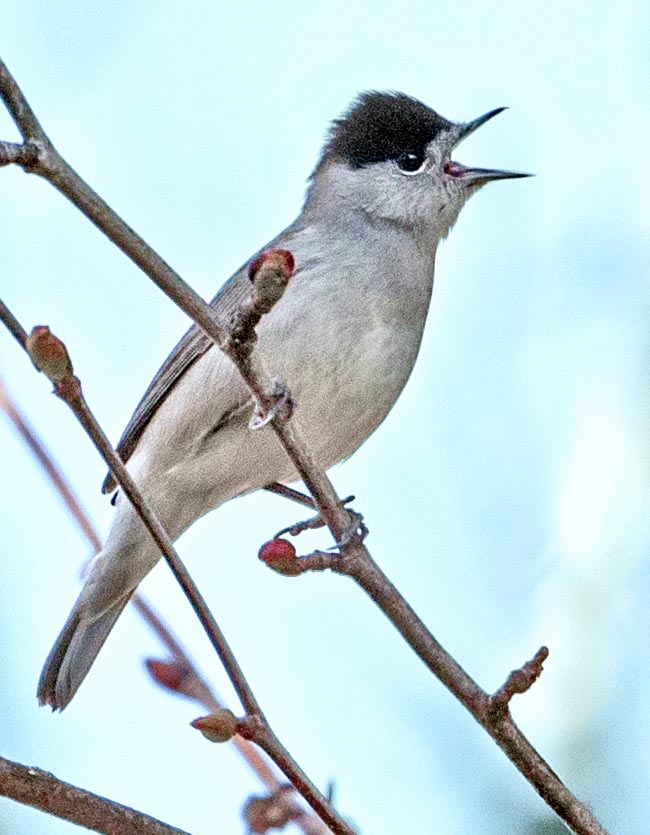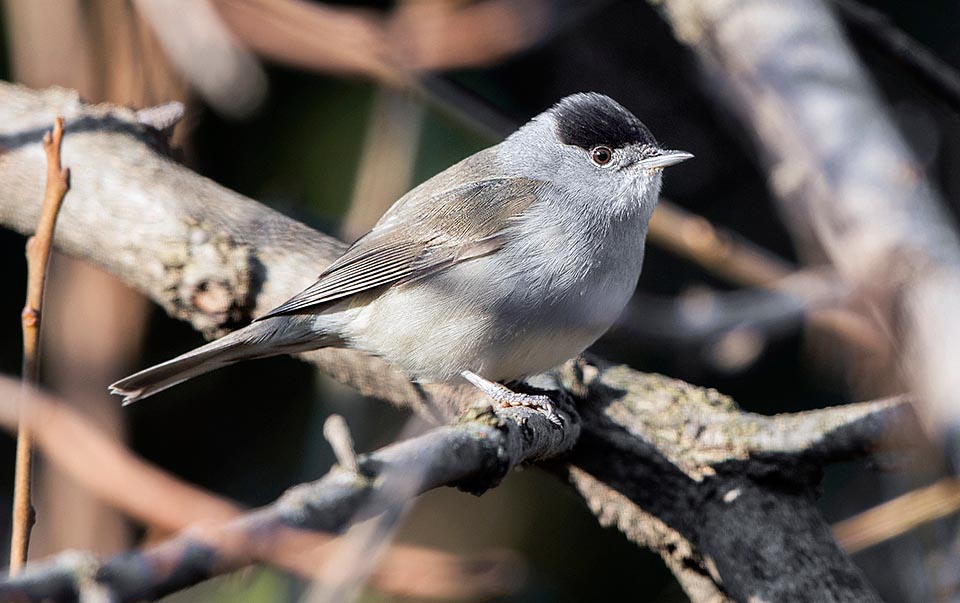The Balearic Blackcap: A Closer Look At Sylvia Atricapilla Koenigi
Share
The Balearic Blackcap, scientifically known as Sylvia atricapilla koenigi, is a fascinating subspecies of the common blackcap. This bird, belonging to the family Sylviidae and the suborder Oscines, is primarily found in the Balearic Islands, particularly Mallorca. This article delves into the taxonomy, physical characteristics, habitat, diet, behavior, reproduction, and conservation status of this unique bird.

Taxonomy
The Balearic Blackcap is classified under the following taxonomic hierarchy:
- Order: Passeriformes
- Family: Sylviidae
- Suborder: Oscines
- Subgenus: Sylvia
- Species: Sylvia atricapilla
- Subspecies: koenigi
- Type: Sylvia atricapilla koenigi Jordans, 1923
This subspecies was first described in 1923 by ornithologist Jordans in the journal Falco. The specific name "koenigi" honors the contributions of a notable figure in ornithology.
Physical Characteristics
The Balearic Blackcap is a small bird, typically measuring around 14-15 cm in length. It exhibits sexual dimorphism, with males and females displaying different plumage. Males have a distinctive black cap on their heads, while females sport a brownish cap. Both sexes have a grayish-brown body with a lighter underbelly, making them well-camouflaged in their natural habitat.
Habitat
The Balearic Blackcap primarily inhabits the Mediterranean forests and scrublands of the Balearic Islands. They prefer areas with dense vegetation, which provides ample cover and nesting sites. These birds are often found in mixed woodlands, gardens, and parks, where they can forage for food and establish their territories.

Diet
The diet of the Balearic Blackcap consists mainly of insects, berries, and fruits. During the breeding season, they rely heavily on insects to provide the necessary protein for their young. In the autumn and winter months, they shift their diet to include more fruits and berries, which are abundant in their habitat.

Behavior
Balearic Blackcaps are known for their melodious songs, which they use to establish territory and attract mates. Males are particularly vocal during the breeding season, singing from prominent perches to announce their presence. These birds are generally solitary or found in pairs, but they may join mixed-species flocks during the non-breeding season.
Their foraging behavior is characterized by a mix of gleaning insects from foliage and searching for fruits. They are agile and adept at navigating through dense vegetation, which aids in their search for food.

Reproduction
The breeding season for the Balearic Blackcap typically occurs from April to July. Males establish territories and engage in courtship displays to attract females. The female builds a cup-shaped nest, usually hidden in dense foliage, where she lays 3-5 eggs. The incubation period lasts about 12-14 days, and both parents are involved in feeding the chicks once they hatch.
Conservation Status
The Balearic Blackcap is currently classified as a species of concern due to habitat loss and degradation. Urbanization and agricultural expansion in the Balearic Islands pose significant threats to their natural habitats. Conservation efforts are essential to protect this unique subspecies and its environment.
Birdwatching Tips
For birdwatchers interested in observing the Balearic Blackcap, the best time to visit the Balearic Islands is during the breeding season, from April to July. Look for them in dense vegetation, gardens, and parks. Their distinctive songs can help locate them, so listen carefully for their melodious calls.
The Balearic Blackcap is not only a beautiful bird but also plays a vital role in the ecosystem by aiding in insect control and seed dispersal. Observing these birds in their natural habitat can be a rewarding experience for any birdwatcher.
In summary, the Balearic Blackcap, Sylvia atricapilla koenigi, is a remarkable subspecies with unique characteristics and behaviors. Protecting their habitat is crucial for their survival, and appreciating their beauty can inspire conservation efforts. The Balearic Islands are home to this enchanting bird, making them a must-visit destination for bird enthusiasts and nature lovers alike.
